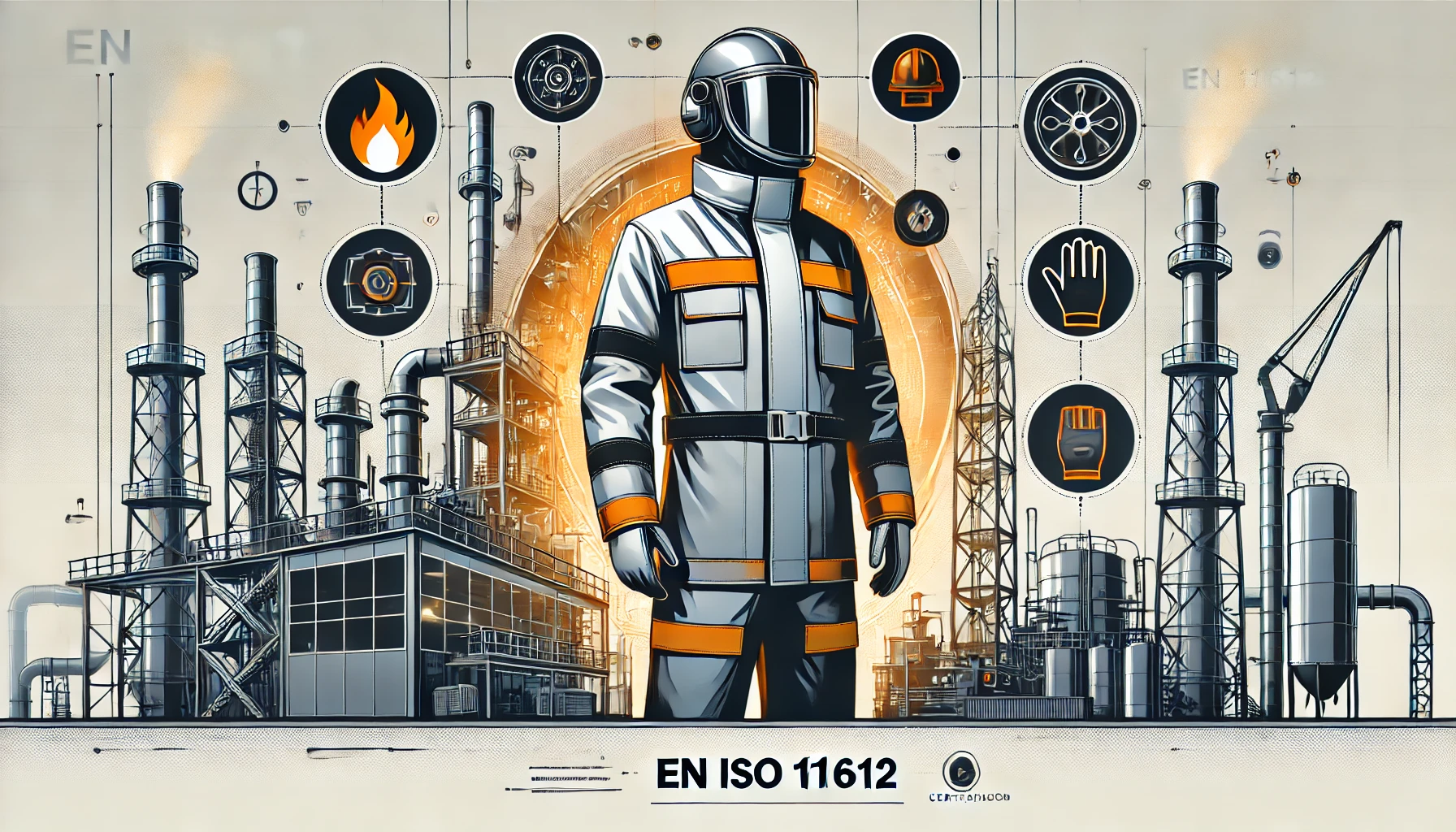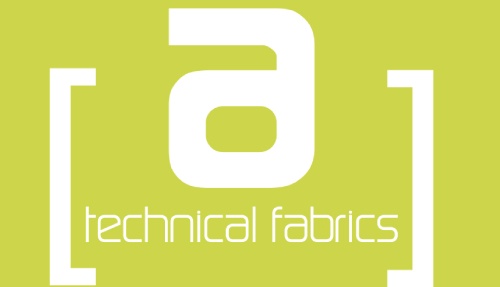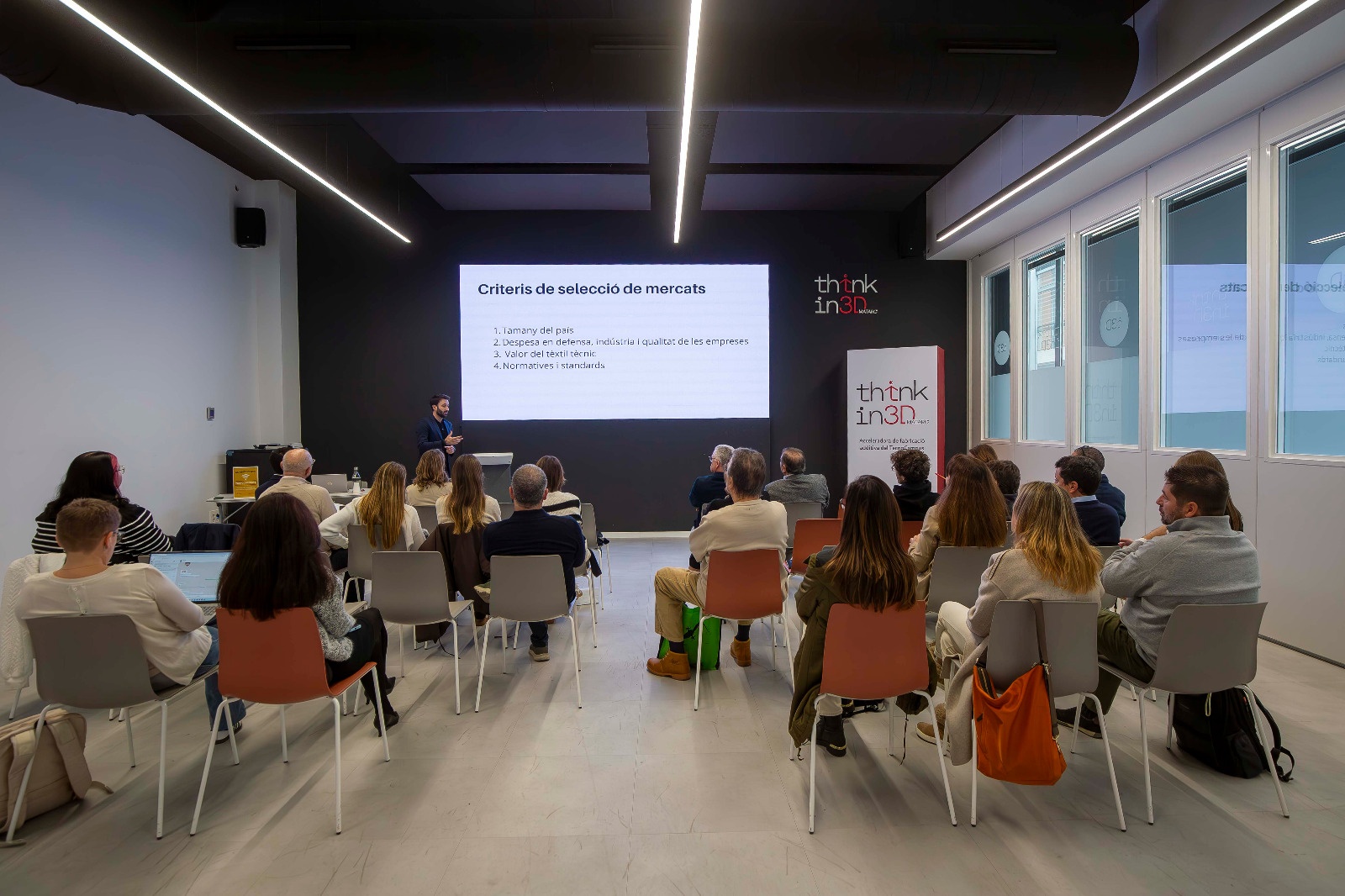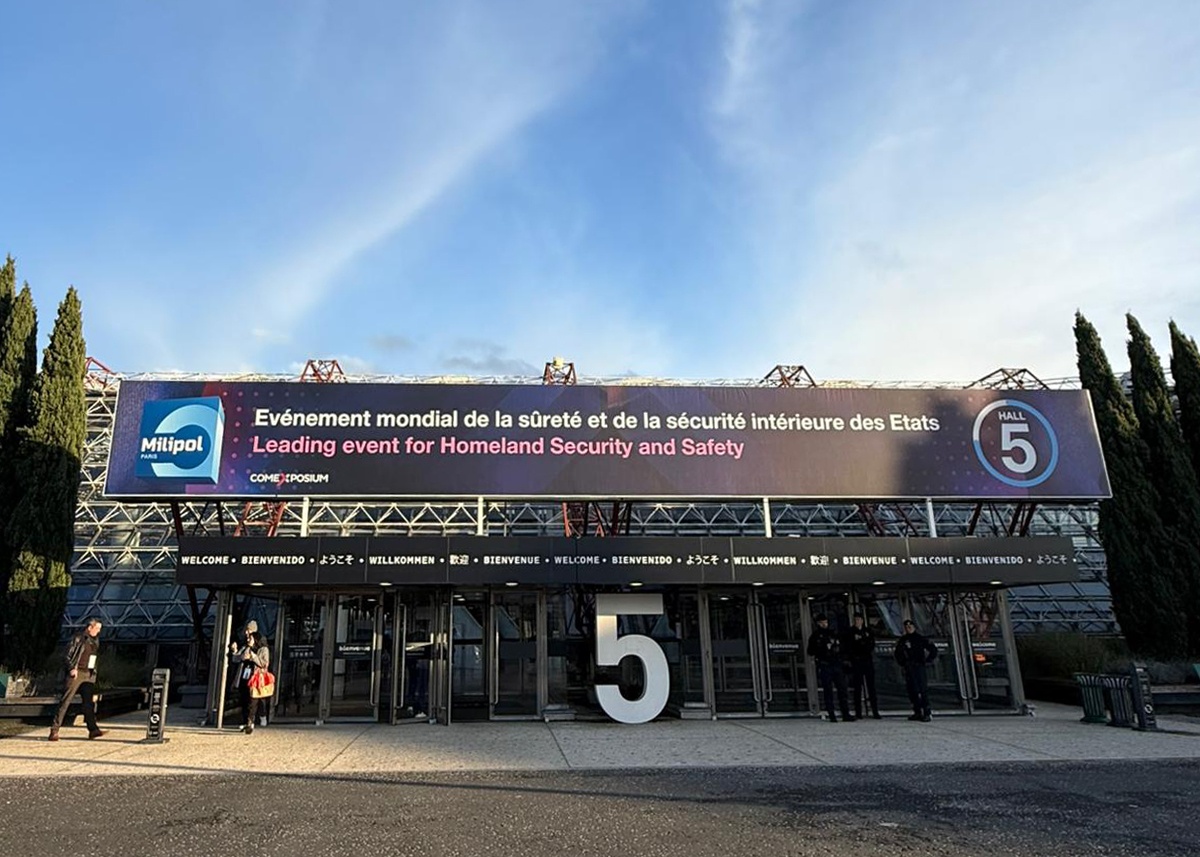Last Thursday, CP Aluart took part in the International Markets Conference, organized by the Barcelona…

Sectors in which the EN ISO 11612 standard is applied
FABRICS FOR Protection in Thermal Risk Environments
The EN ISO 11612 standard is a European standard that establishes performance requirements for fabrics and materials used in protective clothing against heat and flames. This standard is essential for safety in sectors where workers are exposed to extreme heat sources, open flames, or molten material splashes. At CP Aluart, we want to share our expertise in the sectors that apply this standard and the type of protection that certified materials offer.
1. Industrial Sector: Foundry and Metallurgy
In the metallurgical industry, workers are constantly exposed to extreme heat sources and molten metals. The EN ISO 11612 standard ensures that protective clothing used in this sector meets the necessary requirements to resist molten metal splashes and reduce the risk of burns.
Applications:
- Foundries: Employees in foundries and metallurgical plants need clothing resistant to molten metal splashes and high temperatures.
- Welding and cutting: Welders, who are often exposed to sparks and flames, benefit from the protection of garments certified under this standard.
2. Petrochemical and Refinery Sector
In the petrochemical sector, safety is a priority, as the risk of fires and explosions is high due to handling flammable materials. The EN ISO 11612 standard is crucial for this sector, as workers must wear garments that offer flame resistance and protect against sudden temperature changes.
Applications:
- Oil refineries: Operators work with hydrocarbons, requiring clothing that minimizes the effects of potential fires.
- Gas processing: Employees in gas processing plants wear clothing that prevents burns from sudden flame exposure and chemicals.
3. Electrical and Energy Sector
Jobs in electrical installations and energy plants also present thermal risks. In these environments, employees must be protected against electrical arcs and the high temperatures that can occur during electrical faults.
Applications:
- Power plants and energy facilities: Operators in these facilities are often exposed to high thermal risks due to handling electrical systems and heat-generating machinery.
- High-voltage lines: Field workers performing maintenance or installing high-voltage cables require protection against electrical arcs and heat.
4. Firefighting and Rescue Sector
Firefighters and rescue teams constantly face fire and extreme heat. The EN ISO 11612 standard is a key requirement for the garments used by these professionals, who need effective protection against heat and flames during interventions.
Applications:
- Firefighter intervention gear: Jackets, pants, and firefighter suits are designed under the EN ISO 11612 standard to withstand high temperatures and provide superior thermal insulation.
- Emergency rescue teams: The garments are also used by rescue teams intervening in fire or explosion situations, ensuring their protection against burns and extreme heat.
5. Food Processing and Industry
Surprisingly, the food industry also requires flame-retardant protection in some processes. In handling industrial ovens and cooking systems, employees are exposed to heat, making it necessary to wear clothing that complies with the EN ISO 11612 standard.
Applications:
- Oven and boiler handling: In large bakeries or industrial kitchens, employees must wear heat-resistant clothing to prevent burns from accidental contact with ovens and other equipment.
- Food production: In plants where food processing takes place, such as oil production, the standard ensures operators can work more safely.
6. Construction and Mining Sector
In mining and certain construction activities, exposure to extreme heat and sparks is common. In these environments, workers need garments that offer flame resistance and protect against potential burns.
Applications:
- Mines: Heavy machinery and extraction processes generate high temperatures, requiring workers to wear clothing that minimizes thermal risks.
- Infrastructure construction: In projects using welding machinery and metal cutting, garments must meet the EN ISO 11612 standard to protect employees from splashes and sparks.
The EN ISO 11612 standard is indispensable in sectors with high thermal risks, providing the necessary safety for workers to perform their duties in high-risk conditions. At CP Aluart, we understand the importance of technical fabrics and their application in the manufacture of protective clothing. With our materials, we guarantee that each garment meets the highest safety standards, tailored to the demands of each industry.
Protecting workers is our priority, and we continually strive to develop and offer textile solutions that ensure maximum safety and comfort in hazardous environments.




